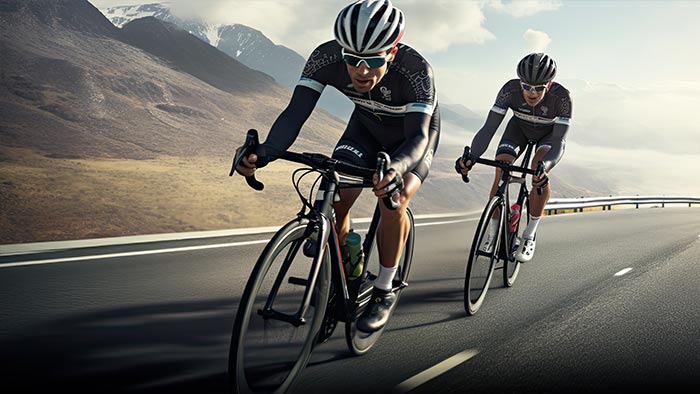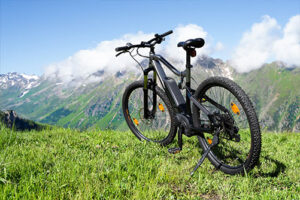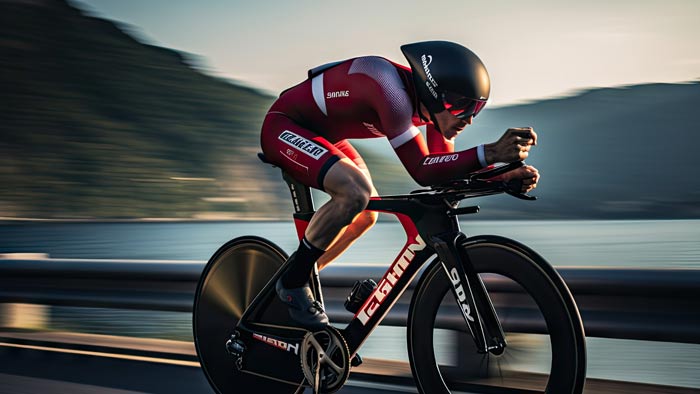"Isn't that cheating?" The comment came from a lycra-clad road cyclist as he passed me on my electric road bike during a local group ride. Six months later, I dropped him on a steep climb—on my non-electric bike. The irony wasn't lost on either of us.
The misconception that electric road bikes are only for those looking to avoid effort couldn't be further from the truth. When used strategically, an e-road bike can become one of the most effective training tools in your arsenal. After coaching cyclists for over a decade, I've seen firsthand how intelligent e-bike training can transform fitness levels for everyone from recovering athletes to complete beginners.
The Fitness Paradox of E-Road Bikes
Here's the truth that traditional cyclists often miss: electric road bikes don't automatically make you less fit—they give you more control over precisely how and when you exert effort. This control, when harnessed properly, can lead to fitness gains that might actually surpass traditional training approaches.
Let me share the training strategies that have proven most effective for maximizing fitness while enjoying the benefits of electric assistance.
Strategy 1: The Variable Assistance Workout
This approach transforms your standard ride into a structured workout by varying your assistance levels:
- Warm up: 10-15 minutes with moderate assistance (level 2-3)
- Interval set: Reduce assistance to minimum (level 1) or off for 3-5 minute efforts
- Recovery: Increase assistance (level 3-4) for 2-3 minutes between intervals
- Cool down: Moderate assistance for 10-15 minutes
During a particularly demanding training block last winter, I used this method to complete 6-8 quality intervals on days when my fatigue levels would have limited me to 2-3 intervals on a traditional bike. The result was more total training stress without the crushing fatigue that typically accompanies hard interval sessions.
Pro tip: Create custom ride profiles on your e-bike's app (if available) to easily switch between your interval and recovery assistance levels with a single button press.
Strategy 2: The Range Extender Approach
One of the biggest limitations for time-crunched cyclists is the inability to complete longer endurance rides. Here's how to use your e-bike to solve this:
- Ride outward with minimal assistance: Use the lowest setting or turn assistance off entirely for the first half of your planned route
- Increase assistance as fatigue builds: Gradually increase support in the later portions of your ride
- Target total ride time: Focus on time in the saddle rather than intensity or distance
My client Sarah, a busy executive with young children, went from struggling to fit in 5-6 hours of weekly riding to consistently managing 8-10 hours using this approach. After three months, her non-assisted FTP (functional threshold power) increased by 12% despite never doing traditional structured intervals.
Real-world application: This strategy works particularly well for hilly routes where you might normally avoid certain climbs due to time or energy constraints. Use minimal assistance on early climbs, then gradually increase support for later ones.
Strategy 3: The Consistency Catalyst
For many cyclists, the biggest fitness killer isn't lack of intensity—it's lack of consistency. E-road bikes solve this problem ingeniously:
- Weather-proof your training: Use higher assistance levels in challenging conditions (wind, heat) to maintain consistency
- Fatigue management: Increase assistance on days following hard workouts to keep moving without digging deeper into recovery
- Motivation maintenance: Lower the mental barrier to starting your ride by knowing you have assistance if needed
When I tracked the training patterns of twenty cyclists in my club after half of them purchased e-road bikes, the e-bike group averaged 1.7 more riding days per month during the challenging winter season. More importantly, they showed fewer fitness drops during bad weather periods.
Strategic application: I now recommend what I call "rescue rides"—starting with no intention of using the motor, but having it available if you encounter unexpected headwinds, feel unexpectedly fatigued, or need to cut the ride short due to time constraints.








